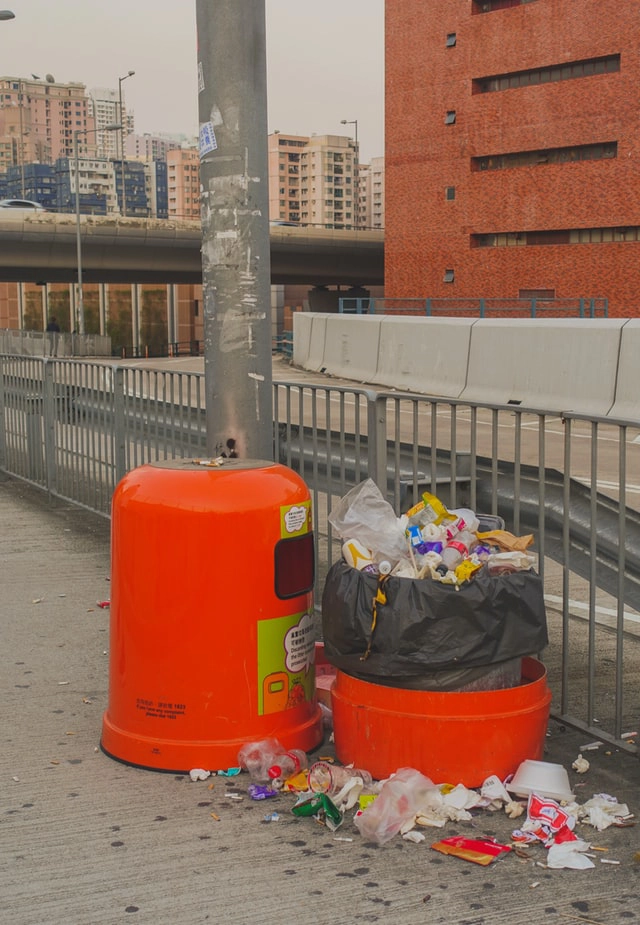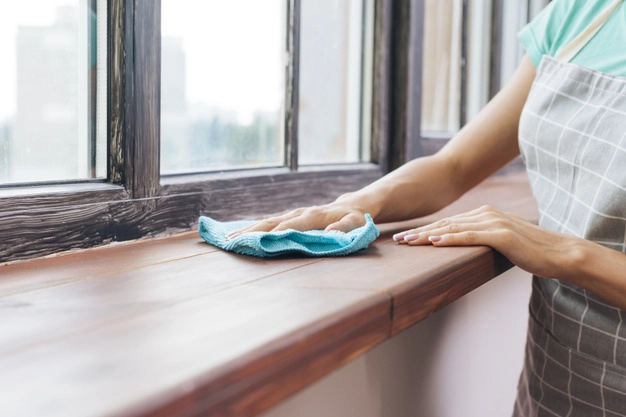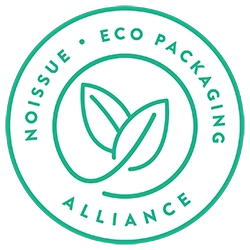Become a low-waste household with these tips: edible straws, composting, and more!

If you want to become more eco-friendly, reducing the amount of waste you produce is a great practice. By sending less trash to the landfill, you’re wasting fewer resources, and making more effective use of the materials that you purchase. Flewid Friendly is a company that produces environmentally-friendly edible straws, and in this blog we’ll list some tips that’ll help you become a low-waste household, so you can do your part for the environment.
1. Manage your food waste
A shocking percentage of the trash people throw out is food – scraps, expired items, spoiled food, peels, etc. Manage your food better, so you waste less. By planning ahead, you’ll ensure you don’t have excess leftovers or spoiled food. Make it a habit to check your pantry every couple months and use up what’s expiring, so you won’t have to toss it out. If you have squirrels and birds in your area, you can feed them some of your leftovers. They’ll be very happy with you!
Photo by Sanjog Timsina on Unsplash
2. Bulk-buy what you can
This especially applies to skincare and hygiene products. They aren’t edible so they aren’t as likely to spoil, so bulk-buy them when possible. This means that instead of buying a bottle of handwash every month, you now reuse one bottle for months – and you get a gallon jar which you can later reuse as well!
Photo by Sanjog Timsina on Unsplash
3. Use rags instead of kitchen tissues
Rags and handkerchiefs can almost completely replace tissues, and they can be washed and reused for years. The great thing about rags is that you don’t have to buy them – we recommend reusing old or damaged clothes as cleaning rags. Handkerchiefs can be purchased or made at home. They take very little space, so you can tuck them into a pocket or put them in your purse. Reusable paper towels follow the same principle.

4. Compost kitchen and garden waste
Peels, paper bags, plant trimmings, newspapers…you can compost all of it! If it’s biodegradable, you can compost it. Make some space for a small compost pile in your backyard, and you’ll soon have some ready-made natural food for your plants. Your flower borders will look better than ever before. Composting is a win-win situation because you use waste materials to create something useful.
Photo by Markus Spiske on Unsplash
5. Re-use bottles and containers
Most containers (butter, mayonnaise, body wash, lotion) can be reused, depending on their shape. If they have a wide neck, you can use them for storage or as makeshift planters (just make some holes in the bottom). If they have a small neck, you’ll have to get a little more creative. Bottles with a small neck are great for keeping cuttings in water. You can also use them for storing liquids – for instance, if you want to use a vinegar solution for cleaning.
6. Use reusable or edible straws
Plastic straws suck! They fill up our oceans, and they seriously hurt marine life. Go green with reusable or edible straws, so you aren’t using something that can harm a living, breathing being. While metal and bamboo straws are a good option, our edible straws are a lot more convenient since you don’t have to clean them. You use them, and then you can eat them or compost them. Buy them here!
Use eco friendly straws
7. Buy mindfully
With e-commerce making buying so easy, most of us tend to buy rather more than we actually need. This leads to more waste creation. So be mindful while making a purchase. Avoid going on shopping binges. Buy your groceries and household necessities in a couple trips instead of making small purchases throughout the month (which gives you more opportunities to fall prey to offers).
8. Avoid products with excessive packaging
We’ve all seen those. Bananas and oranges in plastic. Scarves in layers of tissue inside a box. Magazines that come wrapped in plastic. You may or may not make a difference by writing a complaint to the company that produces these products, but you’ll definitely make a difference if you stop buying from them.
Lastly, evaluate your trash. See what makes up the bulk of it. Is it food waste, containers, plastic wrap, or something completely different? Think about ways to reduce your waste. Every household is different, so it’s only you who can make your home a zero-waste household.

